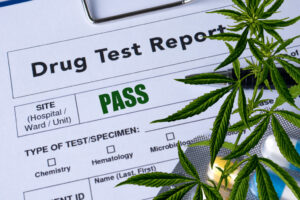Translink is raising its rates and implementing new payment collection and enforcement methods in an attempt to curb fare evasion, offset its budget shortfalls, and keep pace with growing demand. But while much of the emphasis has publicly been placed on correcting the problem of fare evasion, there’s no evidence to suggest that doing so will either balance that budget shortfall, or put it in any better position to service that growing demand.
Translink estimates that it lost between 15 and 18 million dollars in unpaid fares last year, based on an evasion rate of about four per cent. And while that’s an unavoidably large number — equivalent to the price of around 40 to 45 brand new buses (based on 2006 purchase costs) — the company would have still come in 52 million dollars over budget, had they actually collected all of those lost dollars.
This is part of the reason why fares are going up, a development that is independent of the decision to stomp out fare evasion, and one that dates back to 2010. The pattern isn’t new: Translink is losing money, operating costs are increasing, and demand for expanded service is outstripping population growth.
The looming price increases (which come into effect January 1, 2013) are out of step with inflation, but cash fares haven’t been raised since 2008, and Translink is allowed a 2 per cent increase per year to keep pace with inflation.
But that doesn’t alleviate the pain of added cost to consumers — some to the tune of roughly 200 dollars a month for transit or West Coast Express passes. Nor does it alleviate the pain of an unbalanced Translink budget. In fact, Translink forecasts a 108 million dollar shortfall in projected fare revenue from 2013 to 2015, and a 472 million dollar shortfall overall — despite the expected increased revenue from fines, curbed evasion, and costlier fares.
“Today, we face significant challenges to our funding sources,” says Translink’s latest Transportation and Financial Base Plan. “We are expecting $472 million less than forecast revenue over the next 3 years, mostly because of lower fuel tax and transit revenues.”
That’s why, in addition to battling fare evasion and raising rates, Translink is cutting costs and weeding out “inefficiencies.” According to their own reports, some of the fallout for paying customers will include:
– less frequent buses on quieter routes
– cancelled bus routes
– longer Skytrain wait times
– overcrowded trains
– and an increased risk that buses won’t run on time or as scheduled
And so Lower Mainland transit users are faced with paying higher prices for decreased services that are already struggling to keep up with growing demand.
Price hikes may be necessary in order to buffer a bleeding budget, and fare evasion should be cracked down on to lessen the burden on those who pay full price — but the problems with public transit in the Lower Mainland run deeper than what each of these solutions are designed to address, and so they’re really only a stop-gap.
Like fare evasion itself, Translink’s public evasion of its core problems is only a temporary solution to a tangential one.









